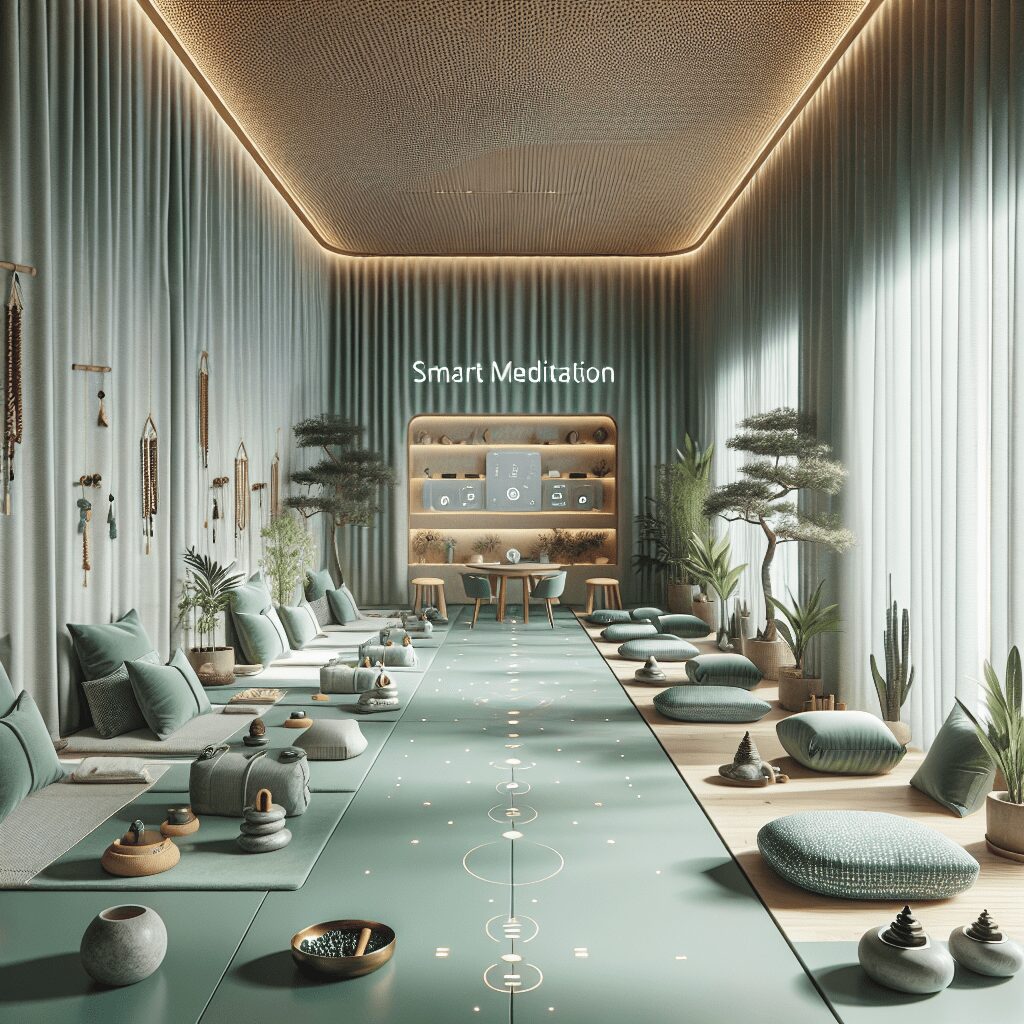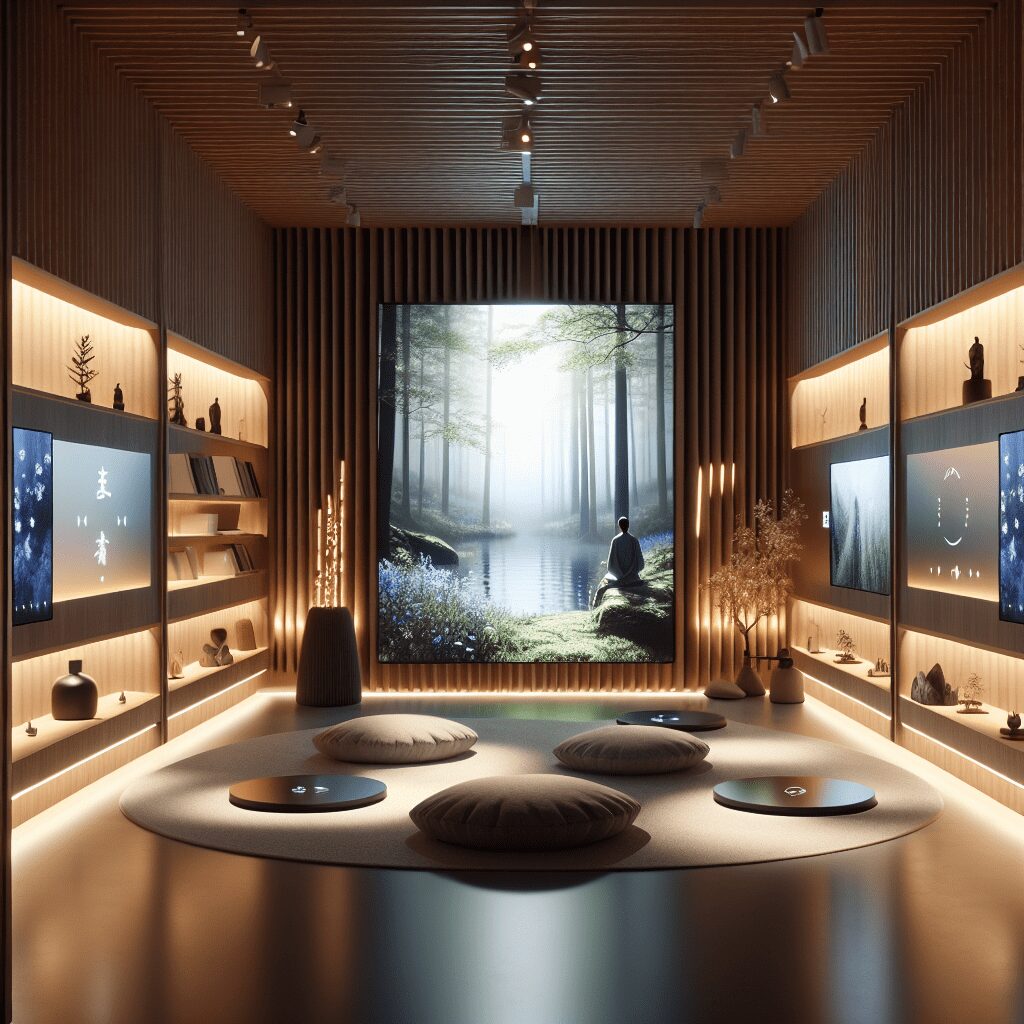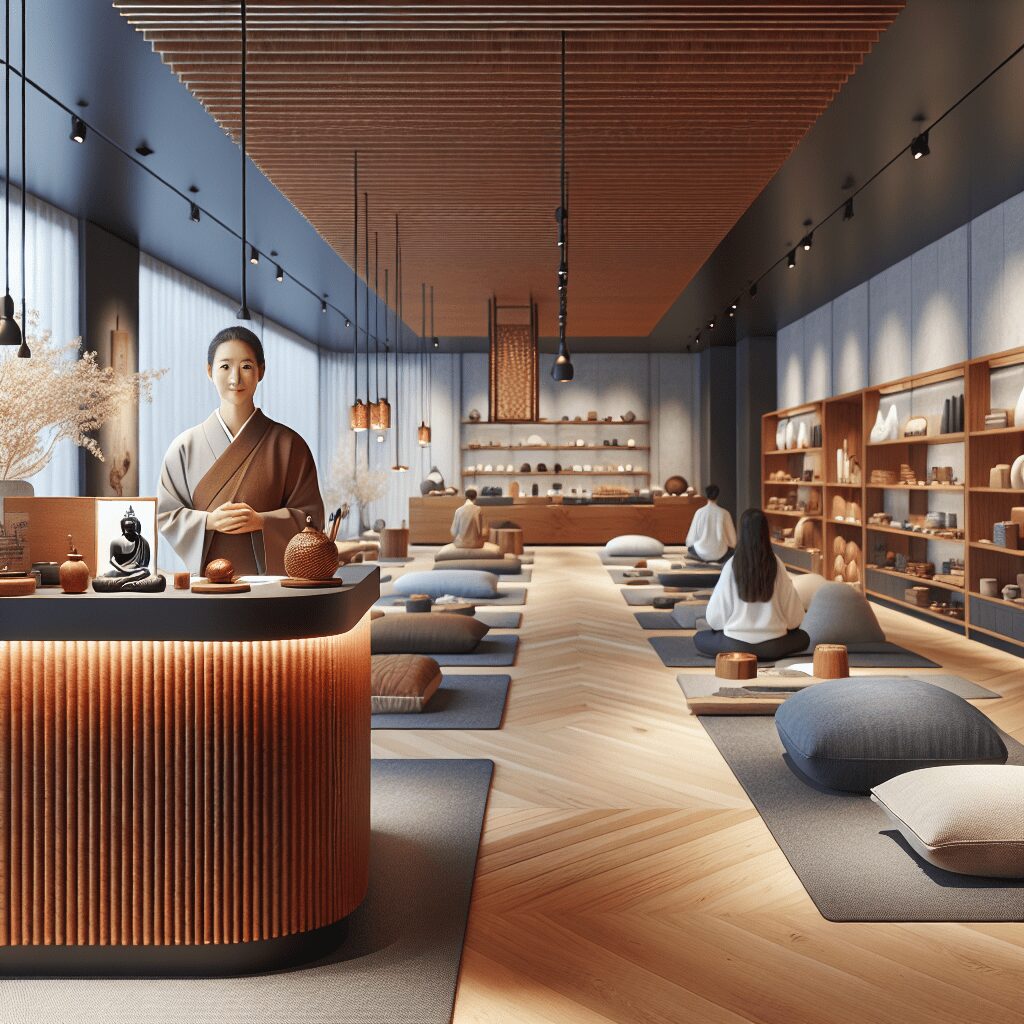
Prioritize your mental well-being daily. Enhance your life by nurturing your mental health with the Smart Meditation app. Break free from stress, alleviate anxiety, and enhance your sleep quality starting today.
What Colors Affect Anxiety And Depression?
Unraveling the Color Code: A Palette for Mental Health
When it comes to mental health, the influence of colors can be as nuanced as the hues themselves. Deciphering which shades have the power to soothe anxiety or lift the fog of depression is not only fascinating but also crucial for creating environments that foster well-being. Whether you’re a mental health enthusiast or merely curious about the interplay between color and mood, understanding this colorful language can be a game-changer.
The Color Spectrum: Allies and Adversaries
Soothing the Edges of Anxiety
For those moments when your heart races faster than a speeding bullet and your thoughts whirl like a never-ending carousel, certain colors can act as a calming balm. Not all heroes wear capes—some simply drape your world in soothing shades.
-
Blue: Often hailed as the champion of tranquility, blue has a rep for lowering blood pressure and slowing down the heartbeat. It’s like a deep breath for your eyes, ideal for bedrooms or any chill-out zone.
-
Green: Mother Nature’s favorite child, green, brings the outdoors in, promoting a sense of calm and restoration. It’s like a mini-retreat for your senses, perfect for spaces where you want to relax and recharge.
-
Mauve: A less celebrated hero, mauve, straddles the line between calming and cozy. It’s kind of like the comfy sweater of colors, providing warmth without overwhelm.
Elevating Mood in the Shadows of Depression
When the world seems a shade too dark, and getting out of bed feels akin to climbing Everest, certain colors can act as a ladder, helping you out of the pit.
-
Yellow: The epitome of cheerfulness, yellow captures the essence of sunshine, breathing life and energy into any space. It’s the color equivalent of having a motivational speaker in your corner.
-
Orange: Stepping in as the life of the party, orange invigorates and stimulates. Not as loud as red but far from shy, it strikes a balance that shouts encouragement without being overwhelming.
-
Lavender: This hue brings the best of both worlds—calming enough to ease stress but with a pinch of vibrancy that gently stimulates. Lavender is like that friend who knows just how to cheer you up without going overboard.
Crafting Your Color Sanctuary
Before you go painting the town red—or blue, or green, for that matter—it’s essential to remember that personal preference plays a pivotal role. One person’s tranquil blue might be another’s gloomy cloud. The trick is to tune into your emotional reactions to color, crafting a palette that resonates with your unique needs.
Incorporating Color:
- Soft furnishings: Not ready for a paint spree? Opt for throws, cushions, or curtains in your chosen hues.
- Artwork: Surround yourself with art that uplifts or calms, depending on your needs. It’s like mood therapy on a wall.
- Natural elements: Don’t forget the power of plants. Greenery adds a refreshing touch, marrying the aesthetic with the therapeutic.
The Final Stroke
Color therapy, while not a cure-all, serves as a complement to traditional therapies, offering an unspoken form of support that engages directly with our senses. By understanding how different hues affect us, we can create spaces that not only look good but feel good, too. So, as we journey through the spectrum of our days, let’s remember the power of color in shaping our moods and emotions. After all, a dash of color might just be the ripple that turns the tide.





